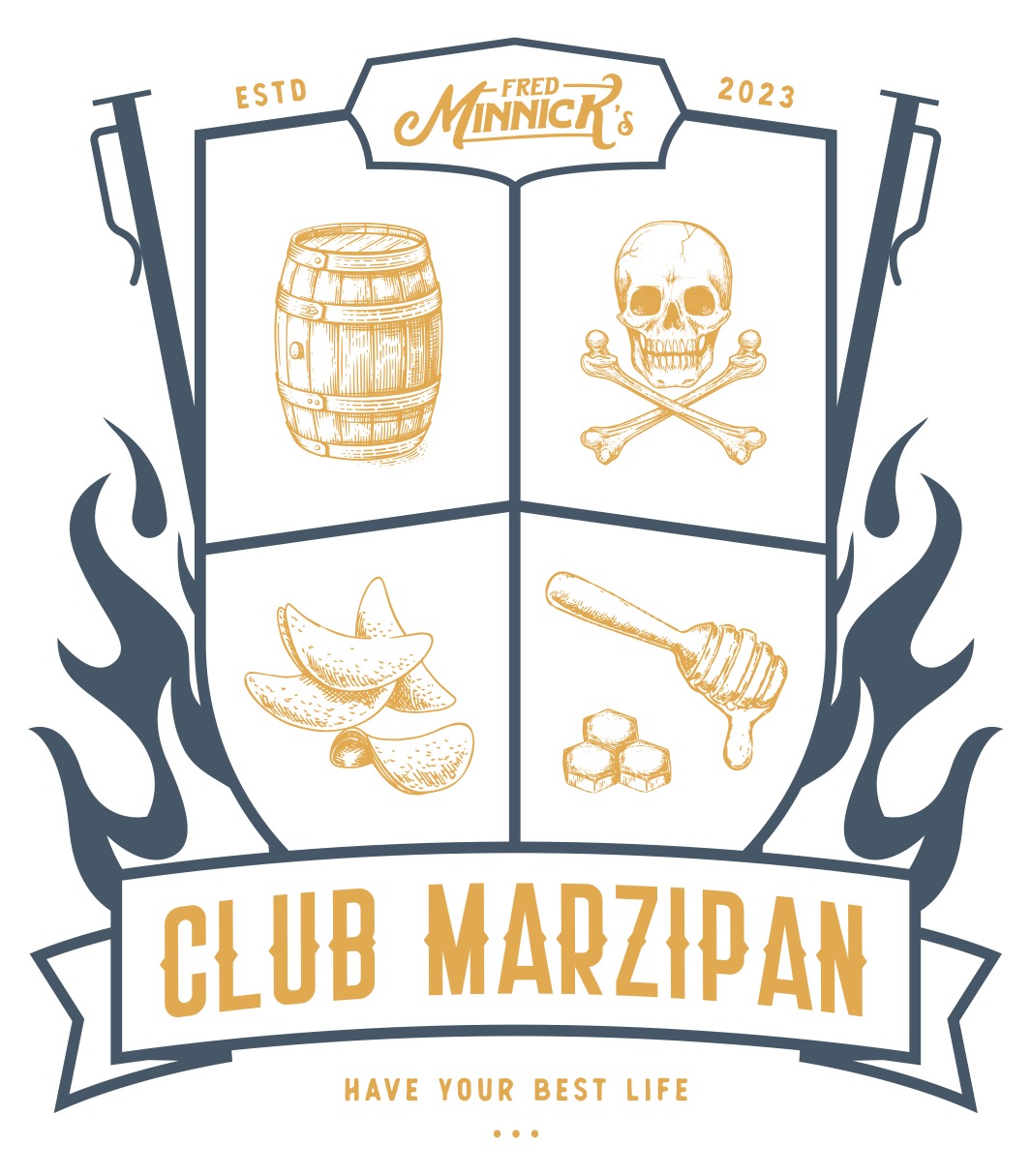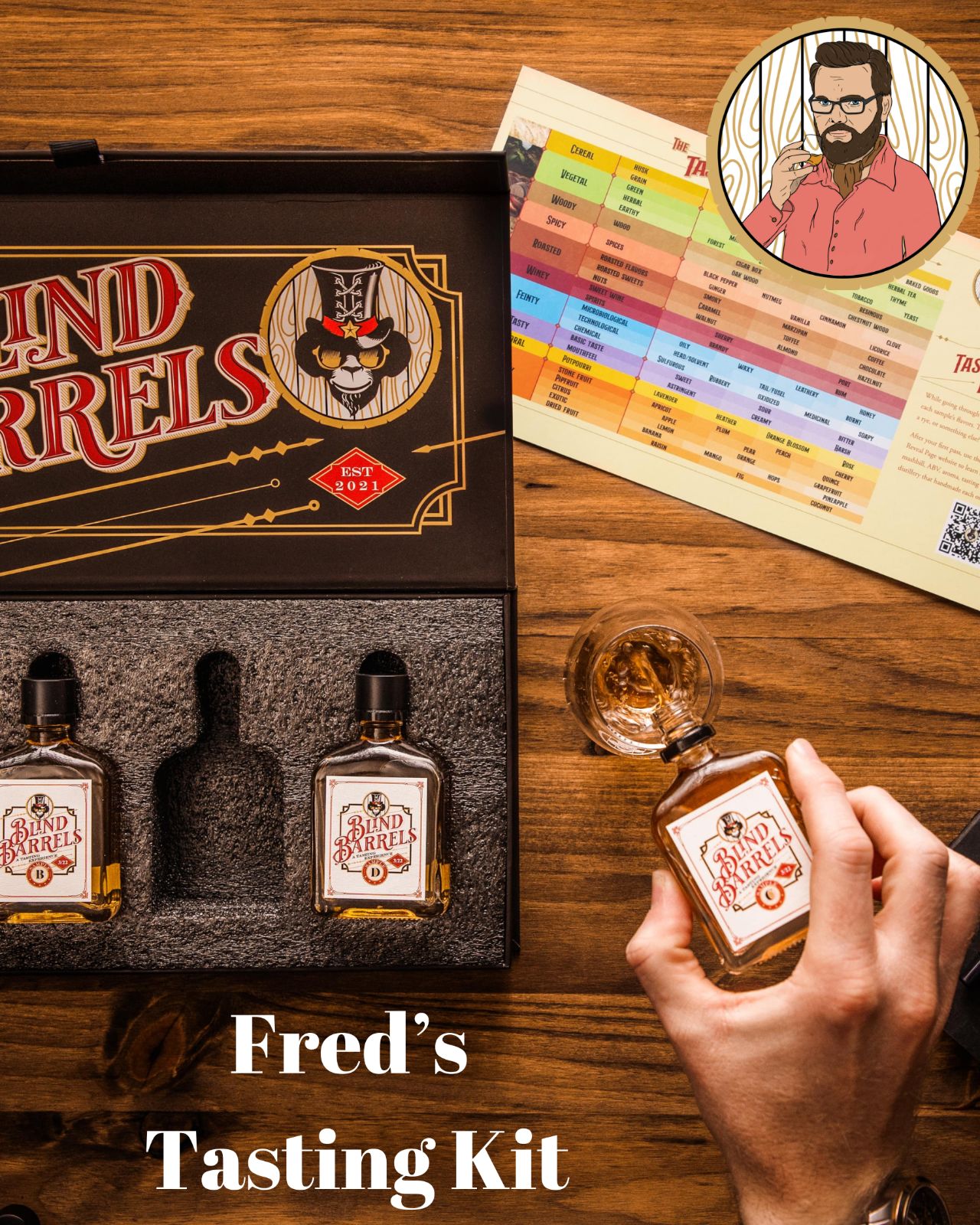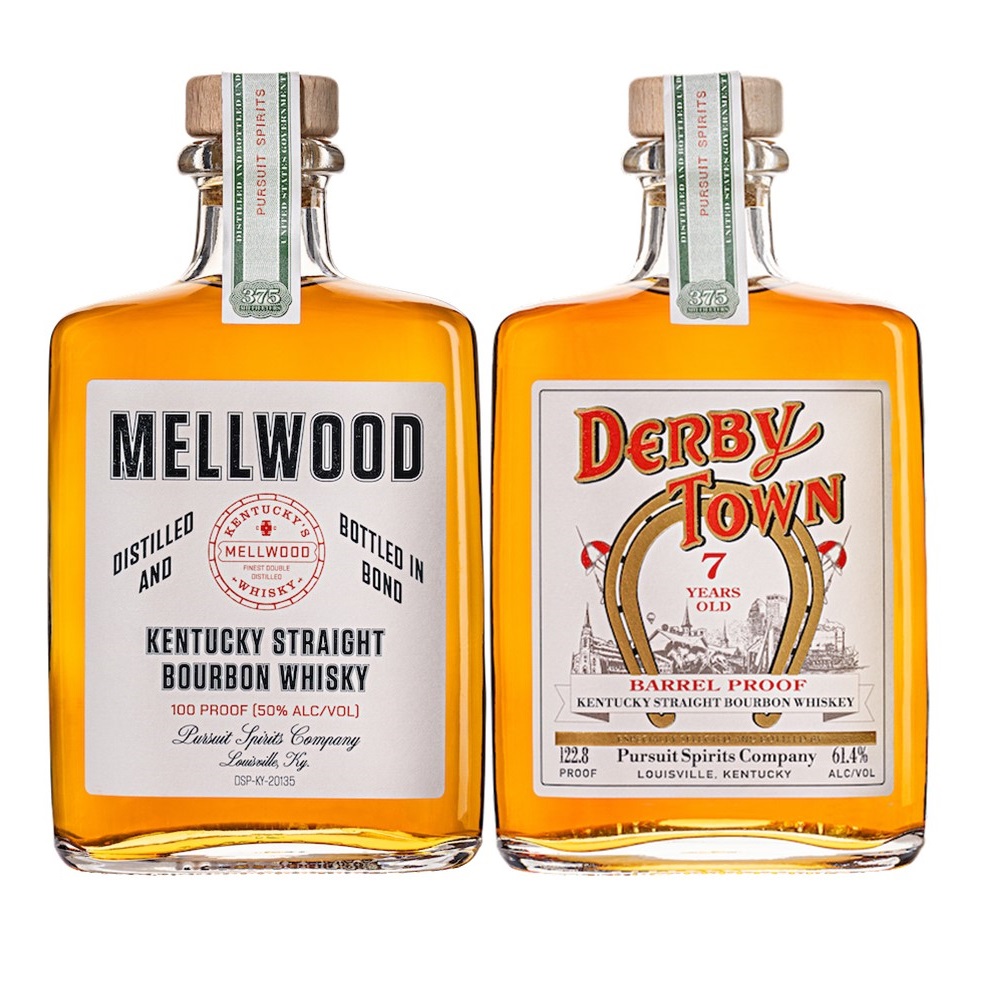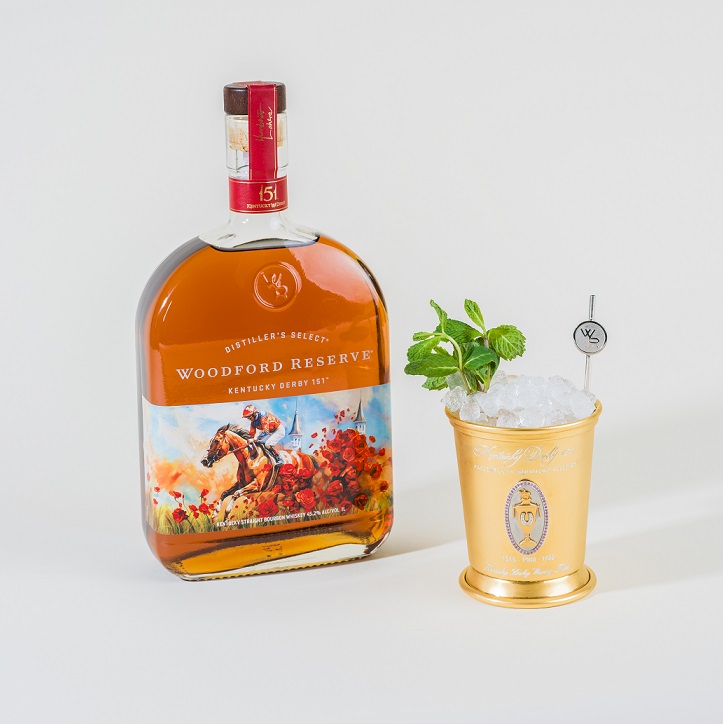From 2017: Bourbon Hunting Tips
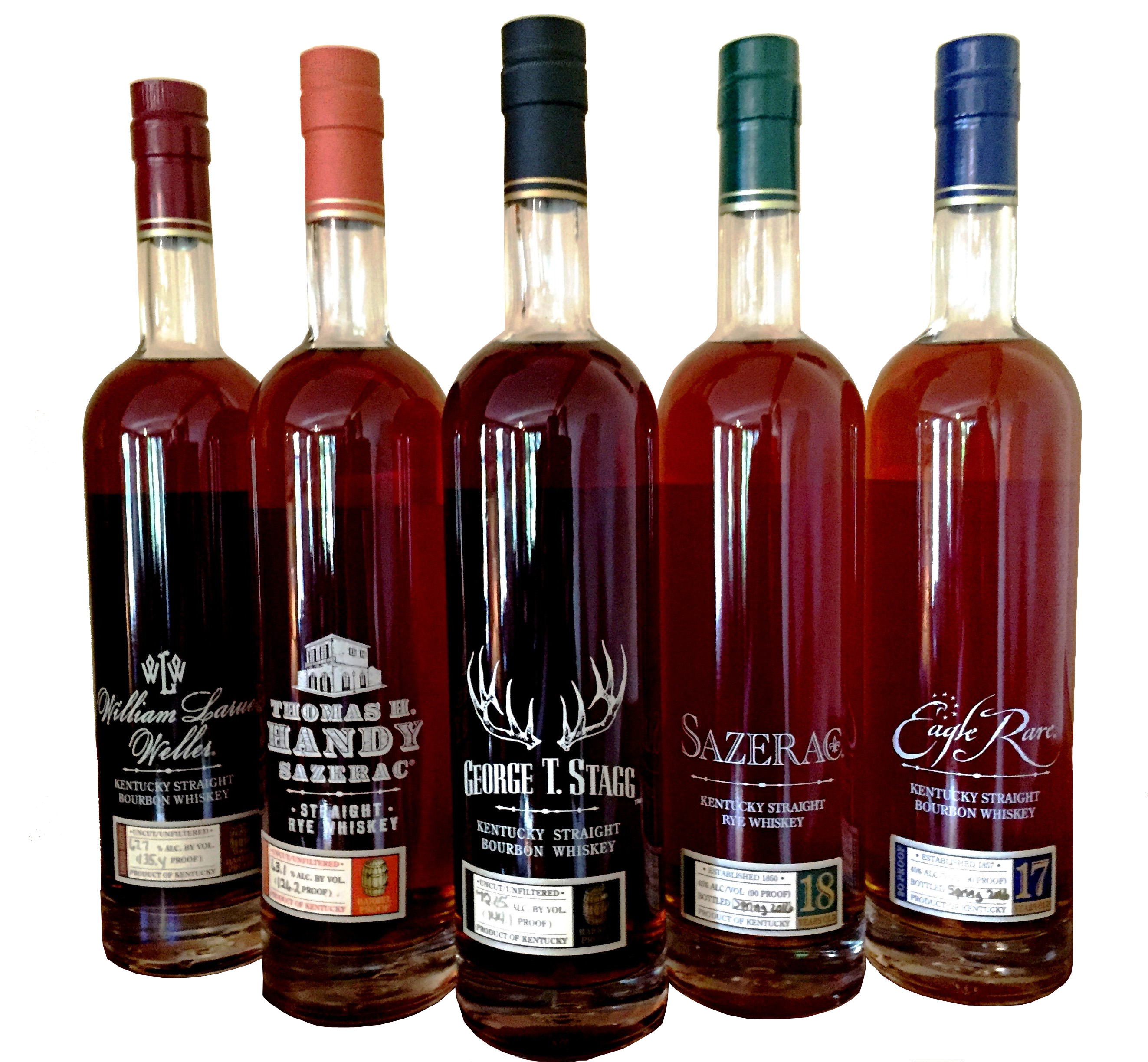
This article originally appeared in Whisky Advocate in 2017.
In order to bag a rare bourbon, Ricky Nash endured ridicule. The Georgia native walked into liquor stores and asked for “Elmer T. Lee.” The store associates laughed. He asked for “Pappy,” and they teased the whiskey enthusiast like he was stalking a unicorn.
Nash tracked Internet rumors and the online secondary market, drove across several states, and looked inside more than two dozen liquor stores in search of any limited edition or hard-to-find bourbon. Then, one day in late November, it happened. He stepped inside one of the stores he’d been eyeing and there was the entire Van Winkle line, ranging from the 23 year old for $2,900 to the 10 year old for $400. After negotiating it down to $350, Nash finally owned 10 year old Old Rip Van Winkle and gleefully commented on a bourbon Facebook group, “Today was a good day!! My first bottle of ORVW10!!!.”
He shopped, he scored.
Like many whiskey lovers, Nash realized it’s much more difficult to buy limited edition bourbon now than it was in the good old days, when one could just walk into the store and buy a bottle. For the casual shopper, the odds of running into a coveted bottle of Pappy Van Winkle, Buffalo Trace Antique Collection (BTAC), Four Roses Limited Edition, Booker’s Rye, Parker’s Heritage Collection, or Angel’s Envy Cask Strength is about the same as that of a white rhino. Even if you put in the work, you usually come up empty-handed.
Billy Cochrane’s story is more familiar than Nash’s to many consumers. The Ohio resident visited more than 40 stores, camping out at nine of them in two different states, and even had a store “promise” him a Van Winkle two years ago. Still nothing. “I don’t get angry, I know my state sucks, and I know it’s hard to find. I think it’s funny when people say they’re exhausted after hunting and they show a picture of a Buffalo Trace Antique Collection and Pappy Van Winkle,” Cochrane says. “It seems too easy for some people.”
Of course, it wasn’t always this way.
Starting about a decade ago, high-volume retailers saw bourbon fans arriving early, and such limited edition bottles were gone by store’s close. By 2009, the early-risers stood outside waiting for the doors to open. They were camping out the night before in 2012. Now, if you want to glimpse such elusive prey, you’ll have to prepare, make a game plan, stalk the target, and readily adapt to a changing landscape. You must become a bourbon hunter.
KNOW THE RULES OF THE HUNT
Lotteries and buy-in raffles are common practices and draw long lines, campers, and even hired line-holders. But be aware, the rules are always changing. “The process is different every year,” says David Driscoll, wine and spirits buyer for K&L Wine Merchants, a popular California and online retailer. “We’ve never used the same process, because the conditions change from year to year. First, it was on the shelf and you had to convince people to buy it. ‘Whoa, $90 for a bourbon, that’s outrageous.’ A few years later, we took our allocation and put everything in a pool for a raffle, where people ranked the order of how they wanted them, and we drew names. If you were drawn, you got your top pick.”
But as is the case in today’s world, K&L’s system made the social media forums and suddenly 1,000 people were participating in the retailer’s raffles. Driscoll noticed many were not even customers. “They were creating fake names to increase their odds,” he says.
CHOOSE YOUR HUNTING GROUNDS
Rare bourbons are meted out like genie wishes to top retailers, a process known as allocation. The distillers and distributors do not make allocation information public and employees are often kept in the dark to prevent leaks and to limit frustration levels within consumer ranks.
Barrell Bourbon owner Joe Beatrice, whose releases have drawn a significant following, says the most logical way to handle “who gets what” is top-level allocation, where major markets get the bulk of the product and high-volume accounts are rewarded for selling their products. In this system, the Chicago retailer that sells the most Four Roses Yellow Labelwill receive more Small Batch Limited Edition bottles than a low-volume account. “Sometimes, there is more insidious stuff, like the allocation is based on deals or favors or [the brand is] trying to leverage something. The motivation isn’t always pure,” Beatrice says.
Despite the doom-and-gloom allocation stories, retailers are receiving bottles and you increase your chances of obtaining one if you know which stores receive them. On underground social media forums, where you may need to know someone to participate, bourbon lovers throughout the country share the latest rumors and release dates of the coveted whiskeys.
In control states, where the liquor stores are government operated, allocation numbers are available to the public. The Pennsylvania Liquor Control Board (PLCB) received 927 bottles of BTAC for the state in 2016. Residents who won the BTAC lottery had the privilege of buying these rarities at retail price: $599 for the entire collection or $99 per bottle. However, if you try to cheat Pennsylvania’s system, you’ll most likely be caught. In 2016, vying for 1,601 bottles of Van Winkle, the PLCB received 88,068 entries from 13,085 entrants. Nearly 10,000 names were removed for duplicate entries, non-verified Pennsylvania addresses, and violation of lottery terms and conditions. Even with cheaters removed, participants in the 2016 PLCB Van Winkle lottery had about a 2 percent chance of winning.
You’ll find better odds in bourbon’s mother state, Kentucky. At the Liquor Barn’s Springhurst store, 700 people participated in a lottery for 100 BTAC bottles, a one-in-seven chance of taking home a bottle. That same store received the largest Kentucky allocation of Pappy Van Winkle in 2016, says buyer Brad Williams. But many Kentucky liquor stores were snubbed, and Liquor Barn’s attendees still find fault with the system. “For an event like this they [Liquor Barn] just tell you that they’re having a lottery at three stores, but they don’t tell you how many bottles are at which store,” says Louisville hunter Jeremy Bale. “Nobody knows where to go for the best chance, and supply is often overestimated. That’s disappointing.”
At least Liquor Barn received an allotment of decent proportion. K&L only received one bottle of Sazerac 18 year old, three of George T. Stagg, two of William Larue Weller, six to twelve bottles of Four Roses Limited Edition, and a dozen Pappy Van Winkle bottles. This allocation must be split among 50,000 K&L customers. After trying raffles, Driscoll is moving toward preferential treatment. “I try to support people who buy more than ‘trophy bottles.’ If I have a woman in the store who is looking for a nice gift for her husband, I might grab her a bottle of Pappy. It’s whatever I feel for the time,” he says. “And it’s completely dependent upon the bottles we get and how much interest we have.”
SELECT YOUR TARGET CAREFULLY
Many hunters will sign up for every major retailer’s newsletter and join as many lotteries as possible to increase their odds. However, some veteran hunters, tired of newbies encroaching on their territory, are moving away from the crowded rooms with slim chances of owning BTAC or Pappy, aware that the competition has grown too fierce.
Like a shark finding new waters loaded with fish, they’re targeting rare bottles under the radar in comparison to Pappy, such as Michter’s 10 year old, High West Midwinter Night’s Dram, and Angel’s Envy Cask Strength. These brands are still hot and you must work to find them, but they tend to be regional hits. For example, Angel’s Envy Cask Strength requires a raffle in Louisville, but may sit in Chicago stores for a couple days. These same hunters are also going straight to the distillery gift shops, such as Willett’s, where you can find 23 year old Willett Rye, or the Evan Williams Bourbon Experience, where William Heaven Hill 15 year old Cask Strength is sometimes available. In other words, while newbies are distracted with BTAC and Pappy, veteran hunters are cleaning house with other rare bourbons.
DO YOUR DILIGENCE
Bourbon hunters stalk the brand, study the pre-release bottle count, and proactively reserve a bottle before a liquor store may even know about it. For example, with the Russell’s Reserve 1998 vintage, Wild Turkey announced that they were releasing only 2,070 bottles nationwide. If these bottles were distributed evenly to all 50 states, that’s roughly 41 bottles per state. Bourbon hunters act on this before major reviews hit newsstands or blogs, impacting demand, and call stores to reserve bottles. “I will tell liquor stores to watch out for a rare bottle and put the bug in their ear to get it for me,” says Louisville-based bourbon hunter Chris Huss. “I got the [Russell’s Reserve] 1998 bottle because my store called me, knowing I wanted it.”
Huss found a liquor store he loves and frequently patronizes it, making his requests more powerful than a cold call. In fact, all the people interviewed for this story echoed one word throughout—loyalty.
WORK WITH YOUR GUIDE
Liquor store associates know who regularly shops in their stores. If you only care about rare releases, your best bet is to enter a lottery, because non-lottery stores are rewarding loyal customers. “I only sell to customers I know as good bourbon customers,” says Stephen Shackleton, owner of Minnesota-based Shorewood Liquor.
Even being a good customer sometimes isn’t enough. Good bourbon hunters befriend the liquor store associates, ask about their kids, bond over sports, and put them on their holiday card lists. “Take the time to invest in their life,” Doug Tracy says of a strategy that’s helped him buy twelve rare bottles since 2012. Think of Tracy’s technique as the “flattery gets you everywhere” tactic, which is so effective that some business consultants recommend buttering up your boss on a regular basis. Of course, this can have a negative effect, too, with the person who doesn’t like compliments, thus “flattery gets you nowhere.” So, if your liquor store rep frowns at your query about his kids, maybe you throw this one out the door.
You may also want to consider frequenting a store in a rural area. While the larger markets receive most of the limited edition products, statewide distributors are keen on making sure reputable smaller-market retailers also receive allocations, a tradition that dates back to the 1940s, when distillers targeted oil-field workers, farmers, and military. One such store is a small Wisconsin regional outlet, Trig’s. “We get first shot at allocations after Milwaukee,” says Dennis Kohl, who since 2012 has received more Van Winkle bottles than many Louisville stores. “I offer my allocations to regular clientele [at the suggested retail price].”
The big-box stores track loyalty in a more formal way. Total Wine & Spirits uses a program similar to a grocery store where loyalty is based on shopping frequency and how much you spend. For every dollar, you earn roughly ten points. In most markets, you’ll need about 50,000 points as a Grand Reserve member to get a shot at rare whiskey. Unfortunately, many states, like Kentucky, prohibit loyalty systems and coupons for alcohol goods.
HUNT FOR SUSTENANCE—NOT SPORT
Since many retailers are bourbon lovers themselves, they prefer to see whiskey go to people who will enjoy it, rather than flip it for a profit. Shorewood Liquor’s Shackleton says, “I have a regular lady who buys beer and wine twice a week, and Balvenie and Bombay Sapphire once in a while. For years, I have been giving her a crack at an allocated bottle. I do the same for a couple other bigger customers. Basically, I take care of the ones who take care of me.”
Shackleton goes as far as requiring purchasers to break the seal of rare bottles. This ensures it cannot be resold. Rare bottles often sell on the secondary market for ten times the suggested retail prices, because they’re so hard to find. “The only people who have complained about this are the one-stop shoppers and flippers that I refuse to sell to. Way too many of these allocated bourbons never get to bourbon drinkers at the retail price,” he says.
It’s unlikely we’ll see a return to easy-to-find Pappy, BTAC, and Four Roses Limited Edition anytime soon. These whiskeys will remain hard to find, but not impossible. Finding bourbon gold might be achieved with this tip from successful Cincinnati hunter Todd Carnes: stop looking. “Focus on rum and tequila for the next ten years, let the rare allocations build up again with less demand,” Carnes says, somewhat jokingly. Ah, yes, the classic diversion technique. Nothing to see here; bourbon is so 2009.
Isn’t it vodka season?




